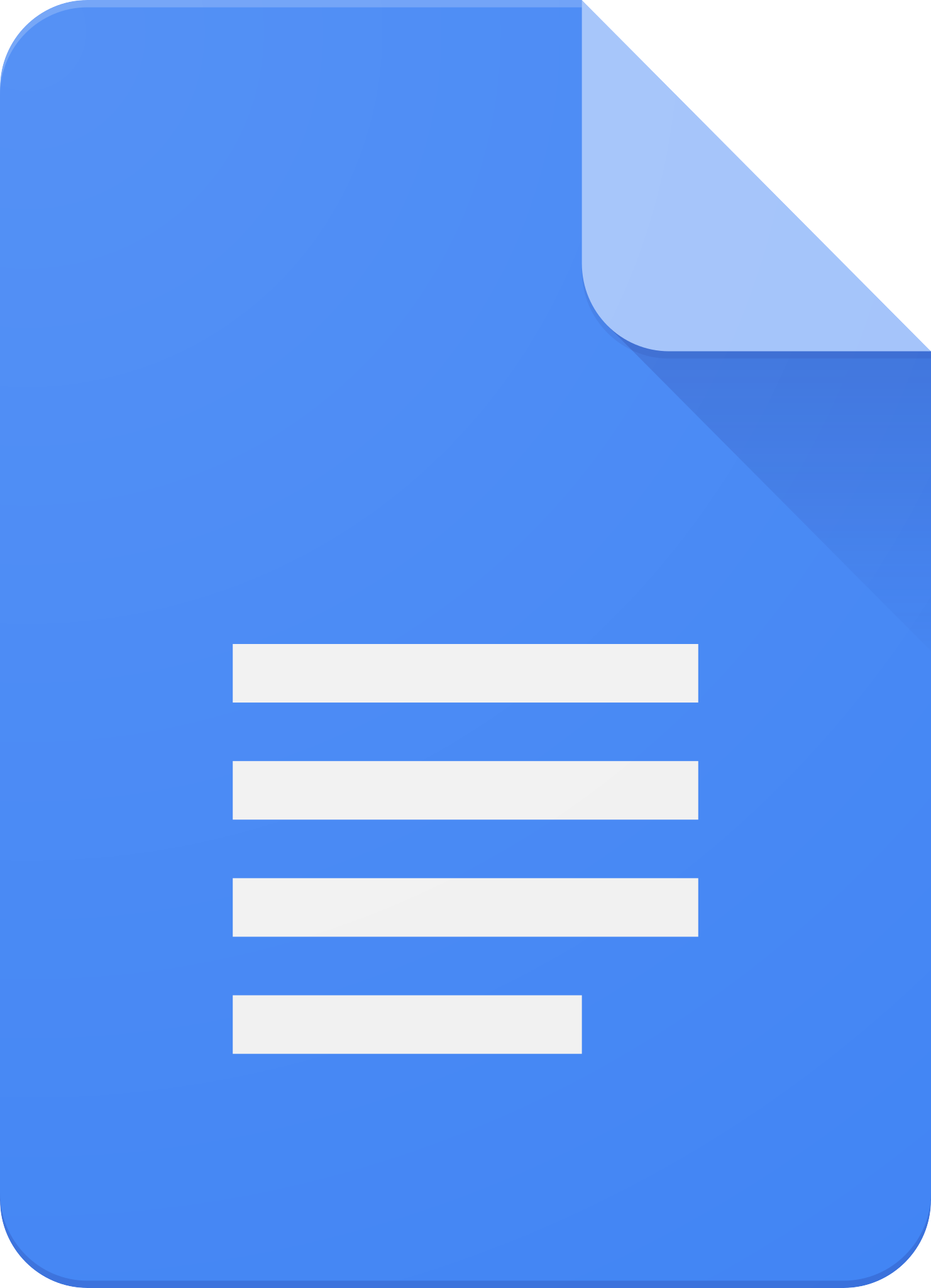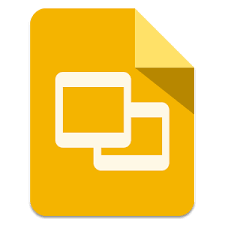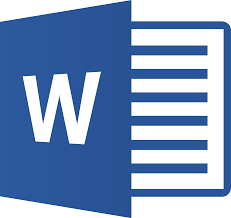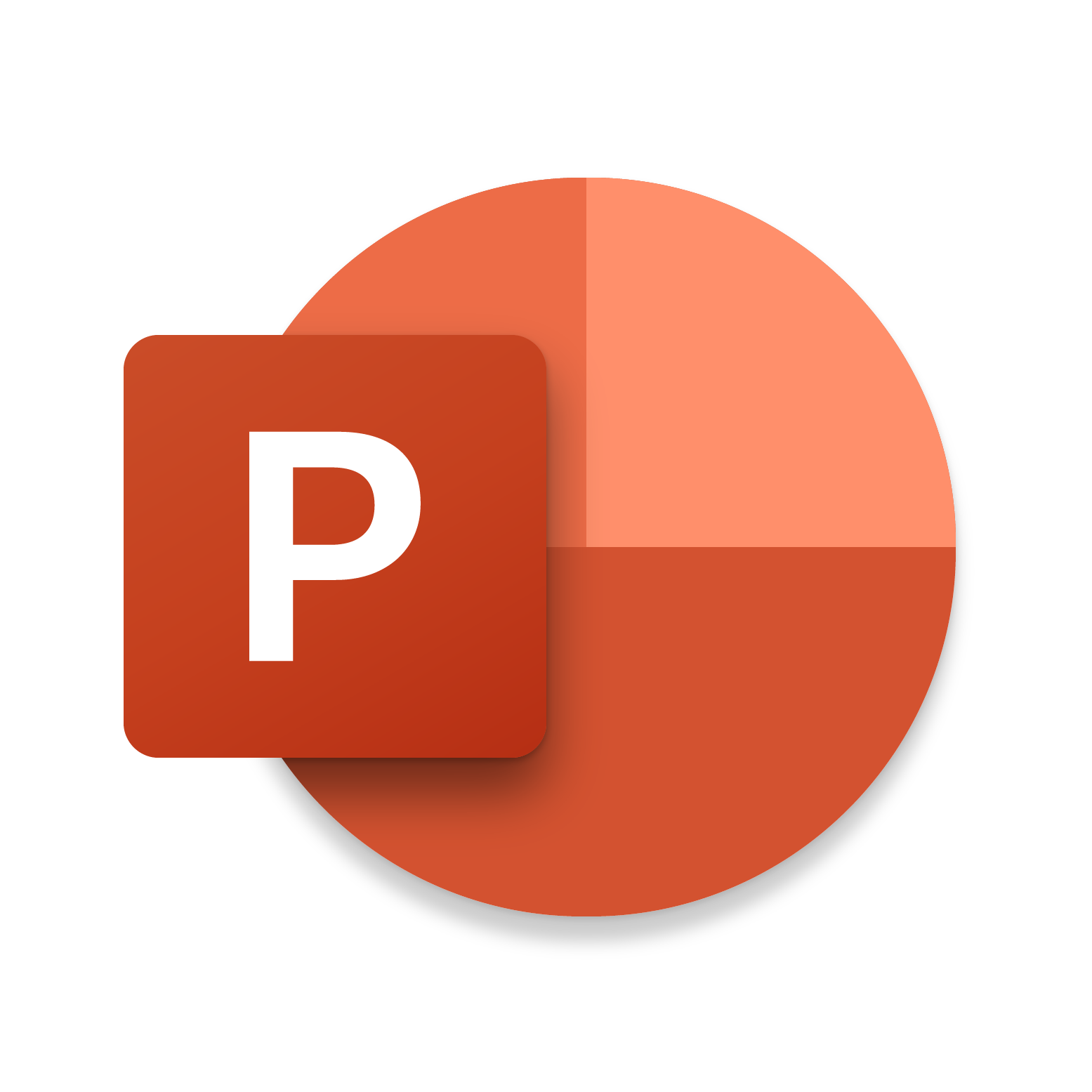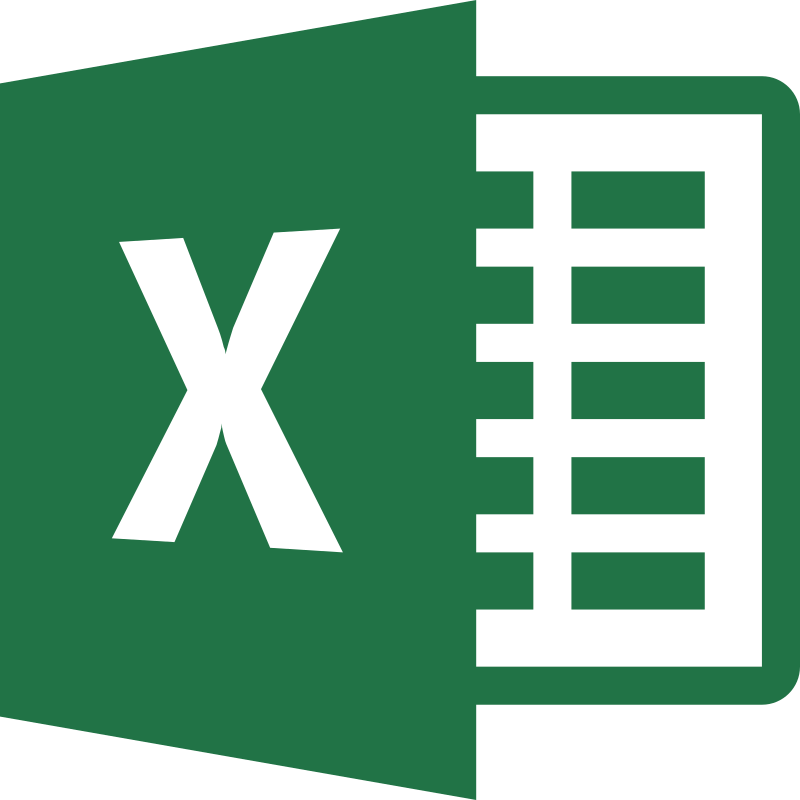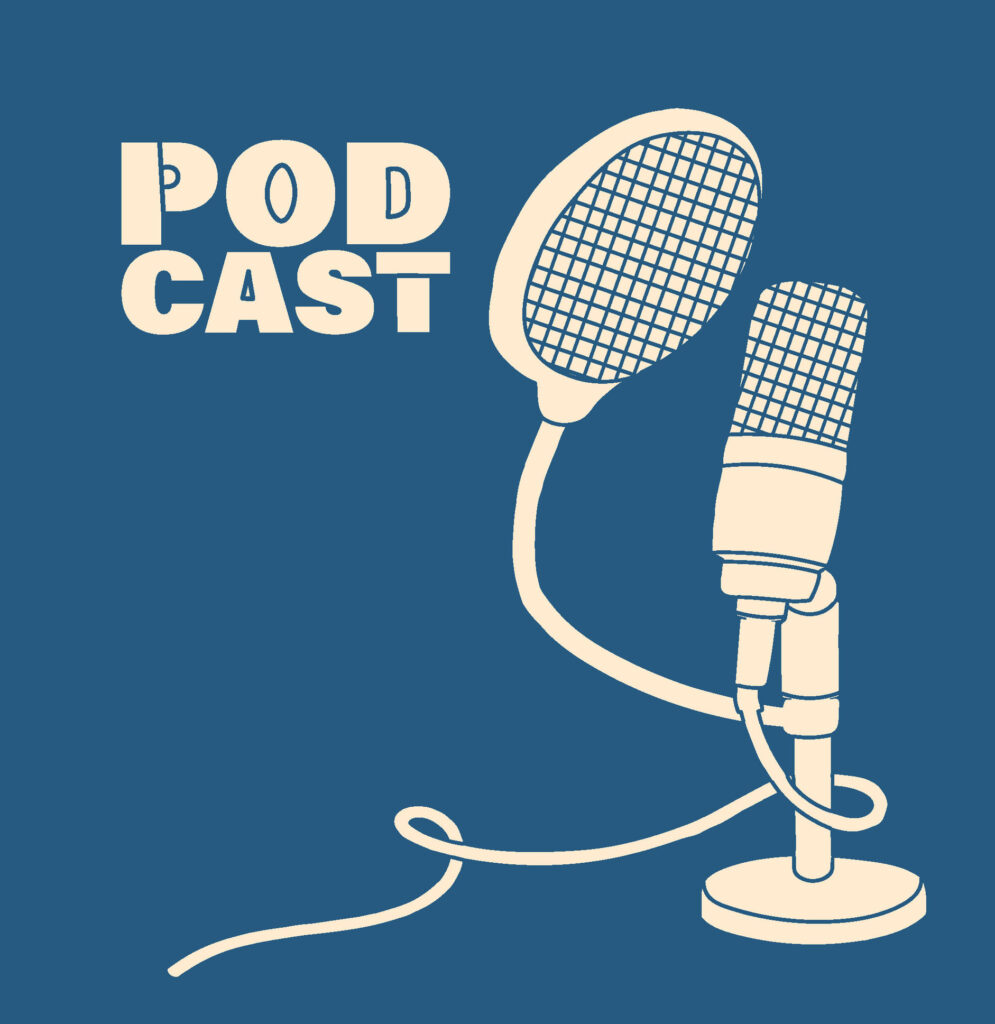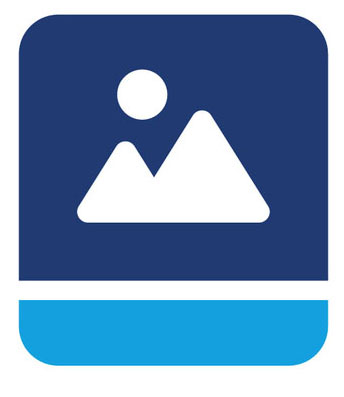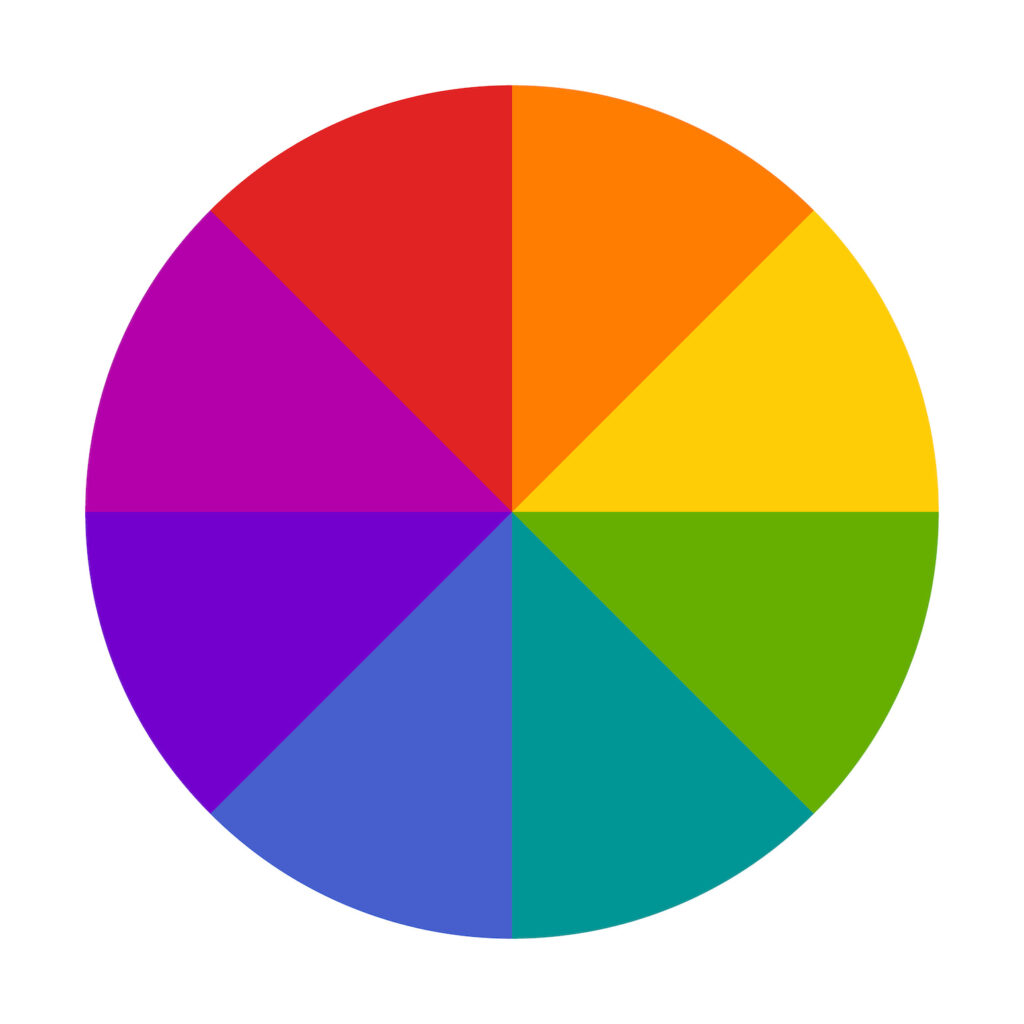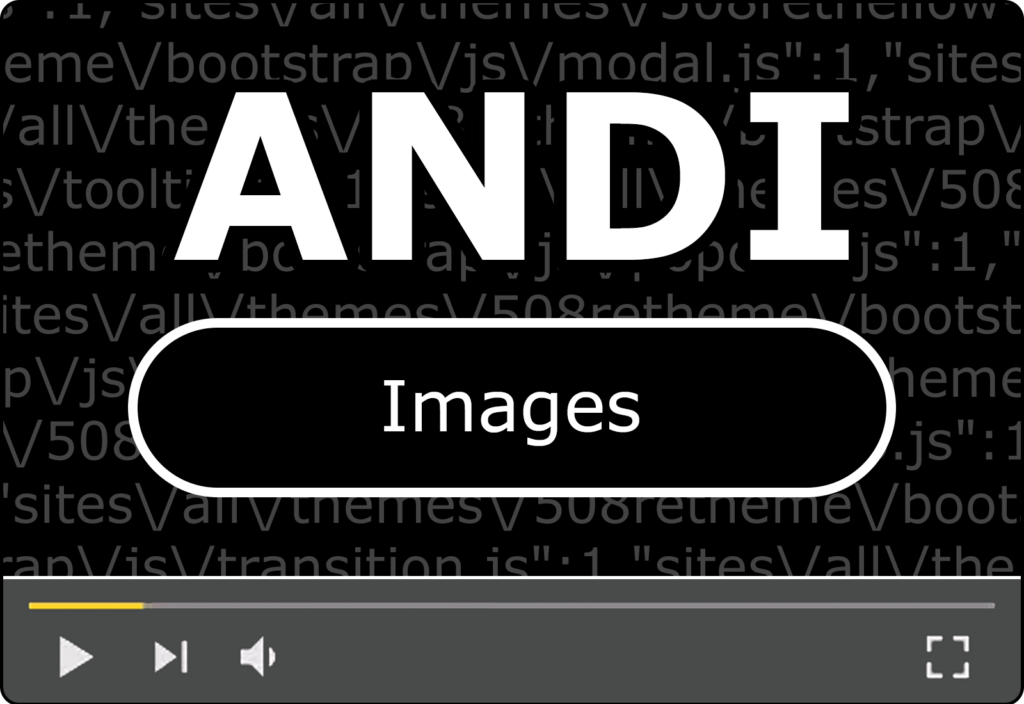
Making Content Accessible at ARC
Accessibility is Universal Design
If you are ready to put accessibility into practice, or refine your existing accessibility awareness, this is the right place for you! In the Instructional Technology Center (ITC) we strive to provide you with the resources for all of your accessibility wants and needs. For each program that you use to create content, below you’ll find a resource page with information about the accessibility tools in that program and how to use them.
- General Accessibility Tips – All Content
- Accessible Use of Color and Contrast
- Additional Accessibility Tools
- Arts and Accessibility
- STEM and Accessibility
General Accessibility Tips – All Content
Accessibility requirements are the same regardless of which software you are using to create content. However it is how you make your content accessible that might vary depending on the software that you are using to create it. Before you jump into the how, below are quick tips on accessible elements that are universal, according to WebAim; click on each to expand it for more information:
Accessibility Basics
- Website: Do’s and Don’ts on Designing for Accessibility
- Website: Creating Accessible Documents (National Center on Accessible Educational Materials)
- Videos: S.L.I.D.E. into Accessibility (Video Series)
Provide equivalent alternative text.
“Alternative text provides a textual alternative to non-text content in web pages. It is especially helpful for people who are blind and rely on a screen reader to have the content of the website read to them.” For more guidance, visit Making Images, Graphs, and Charts Accessible (ITC).
Create logical document structure.
“Headings, lists, and other structural elements provide meaning and structure to web pages. They can also facilitate keyboard navigation within the page.”
Provide headers for data tables.
“Data tables need row and column header cells (<th scope="row"> and <th scope="col">) to programmatically associate them with their corresponding data cells (<td>), making it easier for screen reader users to navigate and understand the table.” Visit Building Accessible Tables (Denver College) for more guidance.
Write links that make sense out of context.
“Every link should make sense when read by itself. Screen reader users may choose to read only the links on a web page. Certain phrases like “click here” and “more” must be avoided.” For more guidance visit Descriptive Links (Colorado State University)
Caption or provide transcripts for media.
“Videos and live audio must have captions and a transcript. With archived audio, a transcription may be enough.” For more guidance, visit Video Captions and Transcripts (ITC) and find out how you can create your own caption files or have them created for you via the district Captioning and Transcript Services request.
Do not rely on color alone to convey meaning.
“Color can enhance comprehension but cannot alone convey meaning. That information may not be available to a person who is color blind and will be unavailable to screen reader users.” Visit Accessibility: Colors and Contrast (ITC) for more guidance on how to use color in an accessible way.
Making Google accessible.
Making Microsoft Accessible.
Making multimedia accessible (audio, video, and images).
- Click on each of the links below for instructions how to make this multimedia content accessible.
Making Canvas Accessible.
- Go to Making Canvas accessible
Accessible Use of Color and Contrast
Additional Accessibility Tools
Below are some additional accessibility tools that are available to you. The ANDI tool is a more advanced tool; the Wave extension is probably the simplest and easiest tool to check accessibility and is the one we recommend.
Arts and Accessibility
Art
- Alt-Text for Art and Design Images – Helpful site that provides guidance on how to describe gender, race, and examples of alt-text for art images.
- Alt-Text for Art and Design Images (Washington University in Saint Louis)
Music
- MuseScore – This is a free, open source software download that allows you to create scores with accessibility (screen reader friendly) and universal design in mind (convert to braille, increase size, export as MP3).
- Flat I.O – This could be a tool worth exploring and if your Music faculty like it, I could bring it to the District to find out if we can get some funding.
- Other Tools and Resources for Music Accessibility (UNT) – these are most likely accessible tools, since a university is promoting them, but if you have faculty interested in one or more, have them reach out to me and I can do a deeper dive into accessibility.
- Overview of Accessible Notation (Sound Without Sight)
- OER and ZTC for Music Appreciation and Music History (Queens College Library) – One way to add universal design to instruction is to utilize zero cost and/or open source textbooks for your students.
- Accessibility in the Music Domain – this is a great place to start thinking about universal design in music instruction for varied disabilities.
- Six Easy Ways to Foster an Accessible and Inclusive Music History Classroom – great article with collaboration by CAST (the UDL founders). This is a great place for faculty to start.
STEM and Accessibility
If you are instructional faculty in the science, technology, engineering, or math (STEM) fields you may already be aware of some of the unique challenges that you encounter in trying to create accessible content for your students. These supports are especially for you:
General STEM Links
- Creating Accessible STEM Materials (AEM)
- Students First: Accessibility for STEM/Math (CVC / @One) – this webinar has great information, from alt-text to accessibility in Canvas, specifically focused on creating accessible math content.
- Access 101: STEM (public Canvas Course)
- AccessEngineering (UDOIT)
- AccessSTEM (UDOIT)
- STEM Accessibility Canvas Course (CCC) – this is a work in progress but already has some amazing information about the barriers that students in your STEM course may face throughout the curriculum, provides some software to support your accessibility goals, and guidelines for creating STEM content with accessibility in practice.
- Making Science Labs Accessible (DO-IT) – this site includes tips for physical laboratories, but also includes universal design principles toward the bottom.
- Cal Poly CLT Accessible STEM Resources
- PhET Accessible Simulations: Physics and More!
- Accessibility Guide for Data Science and STEM Classes
- Accessible periodic table options
- Accessible STEM Resources (CalPoly)
Math Links
- AEM Teaching with Accessible Math
- MathType – A tool for creating accessible mathematical content in Word, Google Docs, and more.
- Using Equatio (ITC) – Helps create accessible math in digital formats, including LaTeX, MathML, and speech-to-math features.
- Central Access Reader – Reads math equations from Word’s OMML and MathType, supports multiple math disciplines, and exports accessible HTML.
- Desmos – An accessible online graphing calculator that allows students to create and explore graphs with assistive technologies.
- MathJax – An open-source JavaScript display engine for equations written in LaTeX, MathML, and AsciiMath.
- LaTeX Project – A typesetting system commonly used for writing complex equations, with accessibility enhancements via MathML.
- MathCAT – A library for making mathematical content accessible via screen readers, focusing on MathML compatibility with assistive technologies.
- Mathpix – Converts handwritten or image-based math into accessible LaTeX, MathML, and more. Works with PDFs and images to create accessible math content.
